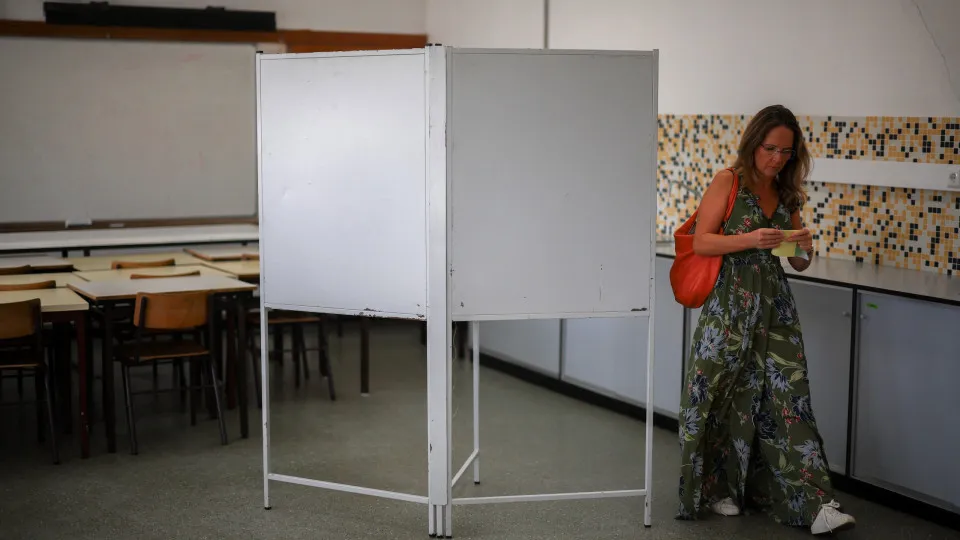
“I’m not aware of any incidents that have occurred in Portugal, [but the new system] includes the possibility of reverting to the [old] system whenever something might compromise the new system,” stated Markus Lammert, spokesperson for the European Commission on Internal Affairs.
During the daily press conference, in response to reports of wait times exceeding 90 minutes at Lisbon airport on Tuesday, Lammert mentioned that the system “is precisely built for cases where potential indications suggest the system can be used.”
“All 29 countries in the Schengen free movement area have successfully launched their entry and exit systems. Implementing such a large system is a complex and complicated task. That’s why we have an integrated transition period, a six-month introductory phase, allowing for a gradual introduction of the new system,” Markus Lammert added.
The new electronic border system is expected to be fully operational by April 2026.
This statement comes after Tuesday’s reports from PSP describing a “critical day” at Lisbon airport, where non-EU passengers experienced over 90-minute waits due to the new electronic control system.
Also on Tuesday, the European Commission described the launch of the new EU electronic entry and exit system as “a success,” despite the issues in Portugal, noting over 100,000 registrations in two days.
“On Sunday, we successfully launched the Entry/Exit System. All 29 Schengen Area Member States are now registering third-country nationals, and in just two days, over 100,000 people were registered” across the European Union (EU), said Magnus Brunner, European Commissioner for Internal Affairs and Migration.
Speaking on the sidelines of the internal affairs ministers’ meeting in Luxembourg, Magnus Brunner called it “a milestone in the new approach to border management.”
“It allows us to know who enters and exits the EU, when and where. This is an important milestone in strengthening our internal security,” he emphasized.
Furthermore, according to the European Commissioner, “the new system will facilitate the identification of irregular migrants and the return of those who do not have the right to remain in the EU.”
Since Sunday, the new European border control system for non-EU citizens has been operational in Portugal and other Schengen Area countries, where the entry and exit of third-country travelers are recorded electronically, noting the date, time, and border post, replacing traditional passport stamps.
The new European system of automated external border control applies to all non-EU citizens entering the territory for short stays (up to 90 days in a 180-day period), regardless of visa requirements.




